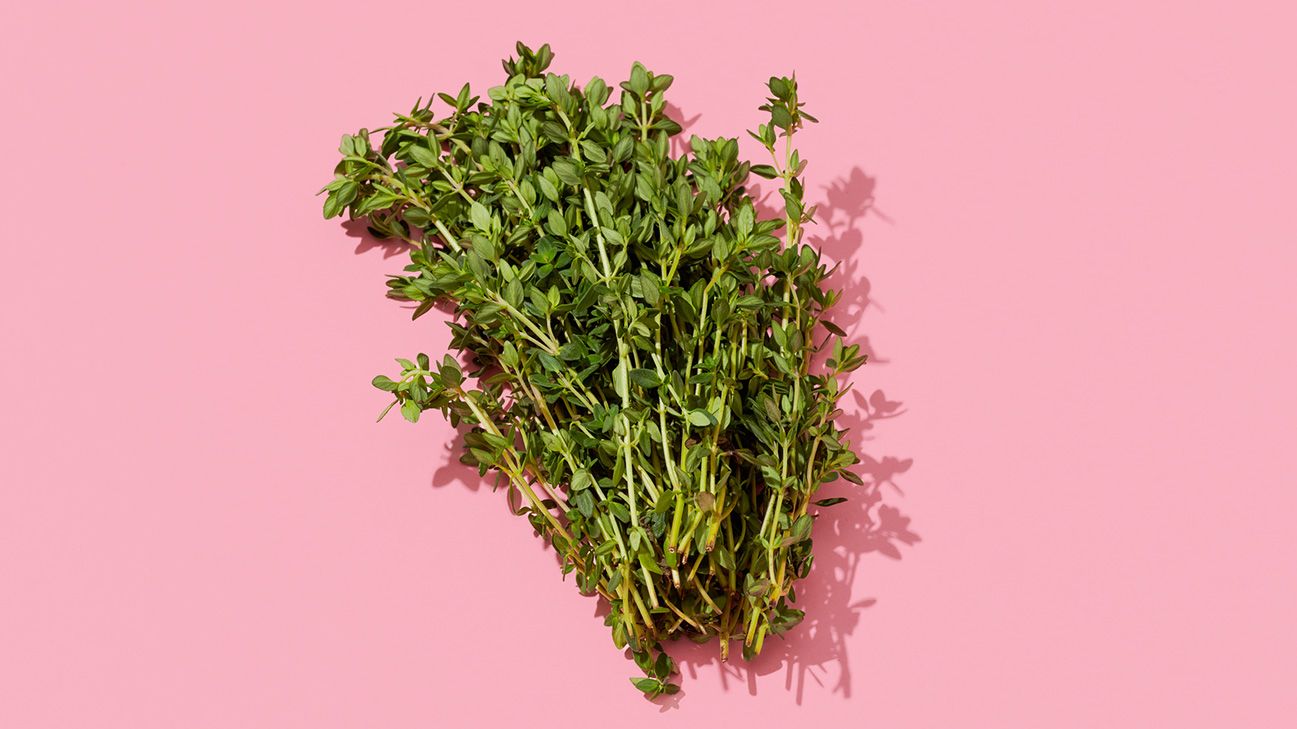- Tea supports oerall well-being. From boosting mental clarity and digestion to promoting relaxation and weight management, tea offers a range of health benefits.
- Drinking tea every day can be a healthy habit, providing antioxidants and other compounds that support various aspects of your health.
- Known for its high antioxidant content, green tea is one of the healthiest choices, offering benefits like enhanced metabolism and reduced risk of chronic diseases
There are myriad types of tea, many with health-supporting properties. From tea for anxiety, tea for sleep, tea for constipation and everything between, you might wonder which is best for you.
Drinking tea can be a simple yet effective way to support your well-being. Whether you enjoy it hot or cold, incorporating tea into your daily routine can give you a moment of tranquility in an otherwise busy day. Choose black tea for a subtle pick-me-up without the jittery side effects of coffee, or herbal tea for an evening wind-down. No matter the time of day or your personal taste, tea offers a simple yet satisfying way to nurture your mind and body and indulge in a moment of self-care.
Read on to learn about what tea is and its benefits. We’ll explore recent scientific studies on tea, and why we’re so big on tea at Bulletproof.
What Is Tea?
Tea is one of the world’s most popular beverages[1] and has been for centuries. Derived from the Camellia sinensis plant, there are many types of tea. There’s black, green, white and oolong, each with its own unique flavor profile and processing method. What sets tea apart from other beverages is its high concentration of antioxidants, such as catechins and polyphenols. These molecules have been linked to many health benefits.
On the other hand, herbal teas, or tisanes, are not actually teas. They are herbal infusions made from a variety of plants, herbs, fruits and spices. They can be a great addition to your diet for various health concerns like indigestion, bloating, anxiety and nausea.
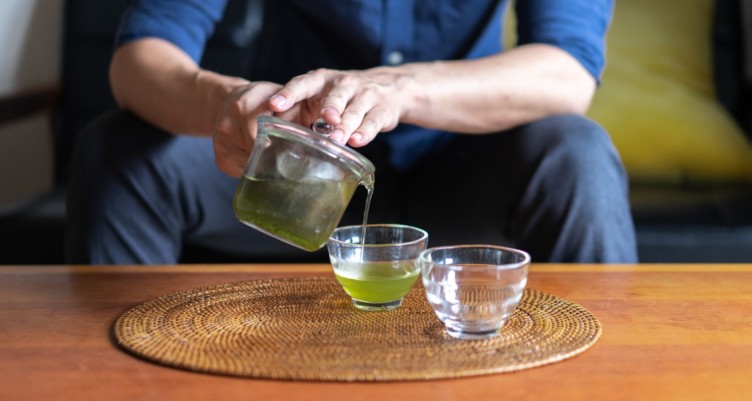
Tea Benefits
Source of Antioxidants
Tea is rich in antioxidants like polyphenols and catechins. They help protect cells from damage caused by free radicals.[2] Consuming these antioxidants can help improve your health.
Digestive Health
Herbal teas like peppermint[3] or ginger[4] tea contain compounds that could ease digestive issues. These teas have natural soothing and antimicrobial properties. As such, they may support better digestion and gastrointestinal health.
Weight Management
Green tea contains catechins and caffeine. These ingredients may boost your metabolism and promote fat oxidation. This, in turn, could help you shed pounds.[5] Tea is also a great low-calorie drink that you can enjoy instead of reaching for high-sugar beverages.
Mental Clarity
The caffeine and L-theanine in tea work together. They promote alertness, concentration and cognitive function.[refURL=”https://pubmed.ncbi.nlm.nih.gov/28056735/”] Caffeine provides a quick energy boost. L-theanine promotes a calm yet focused state, reducing the jitters you may get from caffeine alone.
Now let’s turn to recent scientific studies that highlight the many ways tea can benefit your body and mind.
The Science-Backed Benefits of Tea
Matcha tea could help you get better results from your workout, according to a recent scientific study.[6] Participants consumed either matcha or a placebo beverage twice daily. They also followed an 8- or 12-week resistance training program. Matcha intake increased maximum leg strength and decreased subjective fatigue after exercise. Plus, matcha consumption showed the potential to enhance muscle adaptation. It also helped reduce stress and regulate fatigue during training.
Another recent study highlights how drinking black tea may increase gut bacteria for a healthier immune system.[7] A group of 72 healthy Japanese adults drank either black tea or a placebo for 12 weeks. The results showed that black tea increased good bacteria like Prevotella. It also decreases harmful substances in the gut.
And finally, green tea has the potential to enhance attention and working memory due to its L-theanine, an amino acid.[8] Japanese adults aged 50-69 took cognitive tests before and after L-theanine intake. Those who took L-theanine had reduced reaction time in attention tasks. They also showed improved working memory performance.
Research on tea is ongoing, but at Bulletproof, we are already convinced that tea plays a crucial role in helping you achieve your health goals.
The Bulletproof Approach to Tea
Tea is where it all started for us at Bulletproof. In the early 2000s in Tibet, our founder drank a cup of yak-butter tea that would change everything. He noticed that the energy he got from that cup of tea was different than the caffeine rush after a typical cup of tea or coffee.
When he got back to the United States, he experimented with recipes to try to achieve the same body and brain energy. The result was the now famous Bulletproof Coffee recipe. It includes grass-fed butter and MCT oil for sustained energy and quality fats. Our philosophy is based on combining ancient wisdom with science-backed results.
At Bulletproof, we still enjoy a good cup of tea for relaxation, hydration and various health benefits. Whether you’re looking to improve mental clarity or enjoy its soothing properties, there are many ways tea can support your well-being.
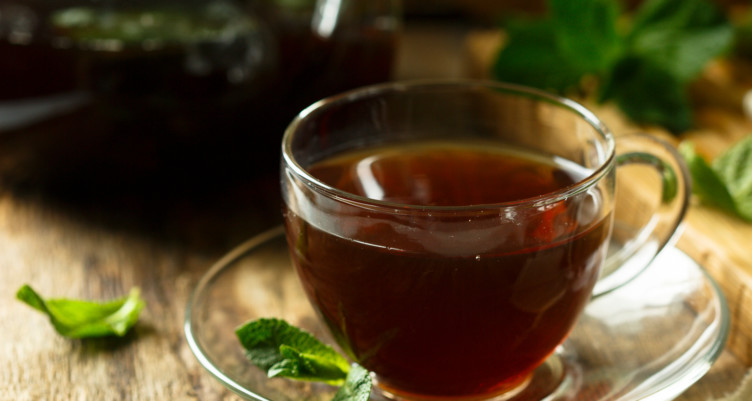
Spotlight on Tea
Choosing high-quality tea is essential for maximizing its health benefits. High-quality teas are often richer in antioxidants and essential nutrients. This is what you want to get the most out of every cup. Plus, superior teas are less likely to contain contaminants such as pesticides, heavy metals or molds. Choose organic and loose-leaf teas from reputable brands for a purer experience. If you use tea bags, make sure they don’t contain glues or plastics. These materials can leach unwanted chemicals into your tea.
Which tea has the most health benefits?
While most teas offer benefits, green tea is often considered one of the healthiest. It’s particularly high in antioxidants, including catechins, which have been extensively studied for their health-promoting properties.[9] However, the best tea for you depends on your health needs. For example, chamomile is excellent for relaxation, while peppermint can aid digestion. Explore the tea FAQs at the bottom of this page to find the ones that best support your health goals.
Which is healthier, coffee or tea?
Both coffee and tea have their own health benefits, so it often comes down to personal preference and how your body responds to each. Tea is typically lower in caffeine and contains beneficial compounds like polyphenols and catechins.
Coffee is higher in caffeine, which can provide a stronger energy boost and enhance physical performance. It also contains antioxidants and has been linked to various health benefits. Ultimately, both beverages can be part of a healthy diet. If you’re sensitive to caffeine, tea might be the better choice for you.
Recipes for Bulletproof Tea

Our recipe involves blending brewed chai tea with coconut milk, grass-fed butter, and spices like cinnamon and turmeric to create a creamy keto-friendly beverage with a familiar chai spice.
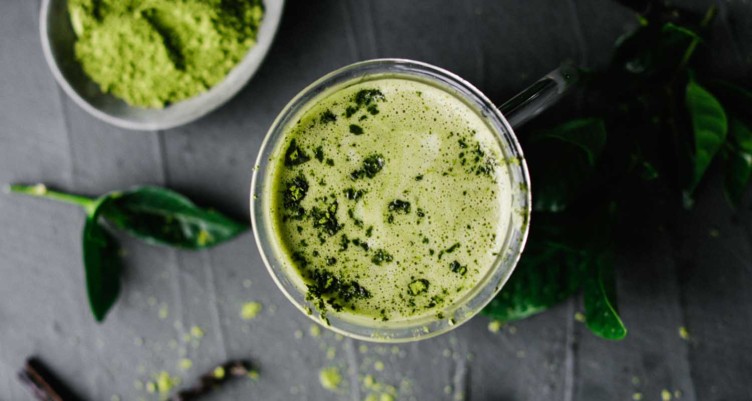
This decadent latte combines antioxidant-rich matcha green tea powder with coconut milk, vanilla powder and optional collagen protein powder for a creamy, nutritious drink that offers a calmer caffeine boost than traditional coffee. Enjoy it as a morning beverage or a midday pick-me-up for sustained energy and mental clarity.
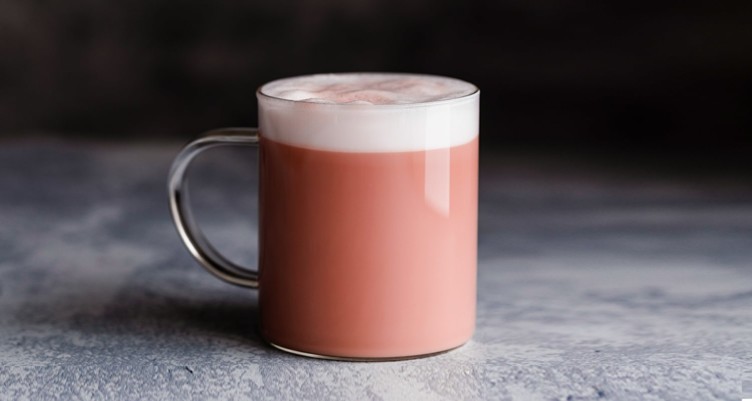
This caffeine-free drink combines rooibos tea with grass-fed ghee, MCT oil and collagen protein for a rich, flavorful, and nutritious beverage. The tea is steeped and blended with these beneficial ingredients to create a creamy latte that can be enjoyed hot or iced.

This refreshing, keto-friendly drink combining green tea, fresh ginger and mint leave is sweetened with low-glycemic substitutes like Stevia. It’s quick to prepare, taking only 20 minutes from start to finish, and is served chilled with optional garnishes of mint leaves and citrus slices. This beverage is not only delicious but also low in calories, making it a perfect healthy choice for a cool, invigorating drink.
FAQs
Is tea OK to drink every day?
Yes! Drinking tea daily can be a wonderful habit for your health. Most teas are safe for regular consumption and offer a range of benefits. However, it’s important to be mindful of caffeine content if you’re sensitive to it or drinking large amounts. Go for caffeine-free herbal teas in the evening to avoid disrupting your sleep.
What tea is good for acid reflux?
Certain teas can help manage acid reflux due to their soothing properties and lower acidity. However, there is little scientific evidence to back up their effectiveness. You may still get some symptom relief from ginger tea, chamomile tea and licorice tea. Ginger tea has a soothing effect[10] that can help calm your stomach. Chamomile is gentle and soothing for digestion and could reduce stomach irritation.[11] And finally, licorice tea can help increase the mucous coating of the esophageal lining to protect it from acid.[12] When choosing tea to manage acid reflux symptoms, avoid those high in caffeine or acidity.
What’s the best tea for sleep?
Chamomile tea is one of the most popular choices for improving sleep quality. This is due to its mild sedative effects.[13] Valerian root tea is another excellent option. It contains compounds that can help reduce anxiety and induce sleep.[14] Rooibos tea may also improve sleep because it is caffeine-free. It contains several minerals that may support relaxation and reduce stress.
What’s the best tea for constipation?
Certain teas can be particularly effective for easing constipation. This is due to their natural laxative properties. Try a cup of senna tea. It can stimulate bowel movements and can be a short-term remedy for constipation.[15] Dandelion tea can also help as it promotes digestive health.[16] Note that it has a mild diuretic effect, so drink extra water. Additionally, peppermint tea can help relax the muscles of the digestive tract. This could relieve symptoms associated with constipation.[17] Drinking these teas may provide gentle relief from constipation.
What’s the best tea for anxiety?
To manage anxiety, green tea and several herbal teas can be especially beneficial. This is due to their calming properties. Chamomile tea has natural soothing properties. It can help reduce anxiety and promote relaxation.[18] Lemon balm tea is another great option. It may improve mood and ease symptoms of anxiety.[19] Lastly, green tea contains L-theanine, an amino acid that promotes relaxation and helps decrease anxiety.[20] Try incorporating these teas into your daily routine to see if they work for your needs.
What tea helps with bloating?
Peppermint tea is a popular choice to help ease bloating. It relaxes the digestive tract and can reduce bloating and discomfort.[21] Ginger tea is also worth a try. It stimulates digestion and has soothing properties.[22] Fennel tea has antispasmodic properties. It can also relieve bloating by relaxing the gastrointestinal muscles.[23]
What tea is good for an upset stomach?
Ginger tea is a top choice for its soothing effects and ability to ease nausea[24] and digestive upset. Peppermint tea is also effective. It can help relax the muscles of the digestive tract and reduce symptoms of bloating and discomfort.[25] Additionally, chamomile tea has soothing effects on the stomach and can help reduce cramping and spasms.[26] These teas offer natural relief and could help calm an upset stomach.
How much caffeine is in a cup of tea?
The amount of caffeine in a cup of tea can vary depending on the type of tea and the brewing time. Generally, black tea contains the most caffeine, averaging about 47 milligrams per cup.[27] Green tea usually has less, around 28 milligrams per cup. White tea varies, ranging between 5 to 55 milligrams per cup.[28] Herbal teas, unless they contain a tea leaf base, usually do not have caffeine. Factors such as the specific type of tea leaf and how densely it’s packed can influence caffeine content. Water temperature and steeping duration also play a role.
Join the Bulletproof Revolution
Sign up for early access to sales, product launches, the latest Bulletproof news and more!
